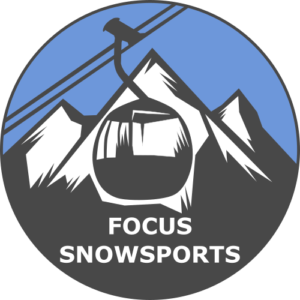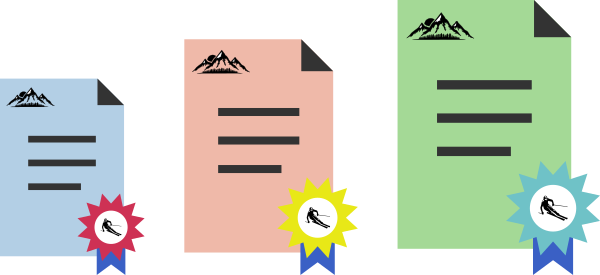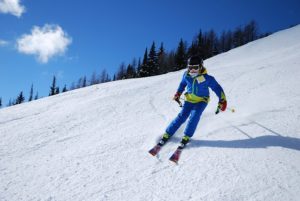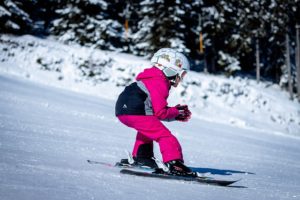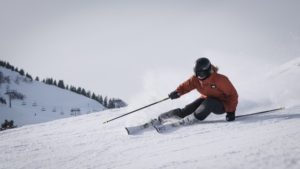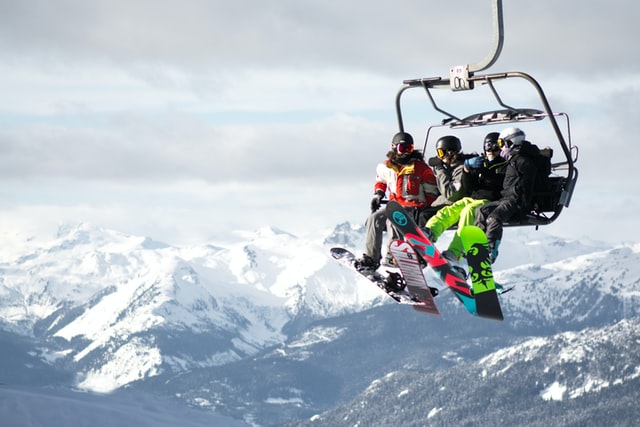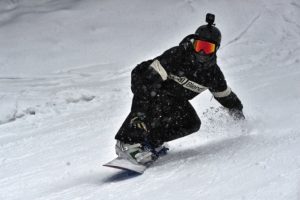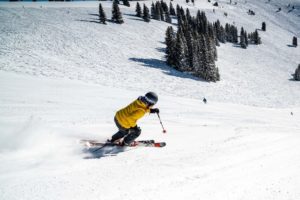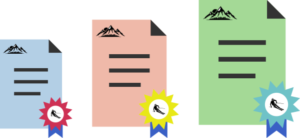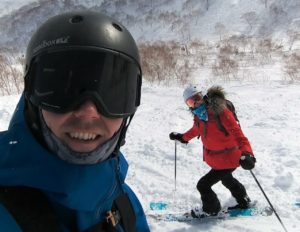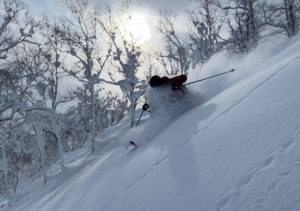To work as a ski or snowboard instructor, you’ll need to gain internationally recognised instructor qualifications. This may sound a little intimidating at first, but instructor qualifications are broken down into multiple levels. You can certainly get your foot in the door of the snowsports industry without being a top level skier or snowboarder. It’s really a lot more accessible and achievable than you might first think.
This simple guide will break down your career pathway into teaching skiing or snowboarding. We’ll explain how you can get into the snowsports industry and what you can do with each of your qualification levels. If you want to become an instructor but aren’t sure where to start, this guide is an excellent first step.
How to Become a Ski Instructor
Instructor Qualification Associations

Many countries have their own national qualification systems. For example, there is the Canadian Ski Instructors Alliance (CSIA) or the British Association of Snowsports Instructors (BASI). They have some similarities and some differences but they all have relatively similar standards. Many are part of the International Ski Instructors Association (ISIA), which keeps standards similar across different systems.
Almost all qualification systems break down ski and snowboard instructor qualifications into three or four levels. You can usually start teaching skiing or snowboarding after the first qualification level. The additional levels will allow you to teach more advanced students and eventually train other instructors.
If you’re wondering which country’s qualification to go with, we’ll talk more about that later in this guide. For now, let’s check out some of the different levels to becoming a ski or snowboard instructor.
How to Pass a Ski (or Snowboard) Instructor Exam
What Are the Instructor Levels and What Can I Do with Each?
Below is a simple breakdown to understand what the different instructor levels mean and what you can do with them. Remember that some instructor qualifications have a three-tier setup where others will have four. For most three tier systems, such as the New Zealand qualification, you can think of the level four as similar to their instructor trainer certification, which is taken after their level three. Many three-tier systems have an additional trainer/examiner qualification on top of their three levels.
Level 1 Instructor Qualifications
Type: The entry level (rookie) instructor.
Pre-requisites: Intermediate ski or snowboard ability.
Level one ski or snowboard instructors will mainly teach first time and beginner students. Most level one instructor qualifications are designed to give you the basics of teaching and correct skiing or snowboarding technique. It will allow you to start teaching on the magic carpet (learner areas) and gain experience while training for your level two exam, if you choose to progress further.
Level 2 Instructor Qualifications
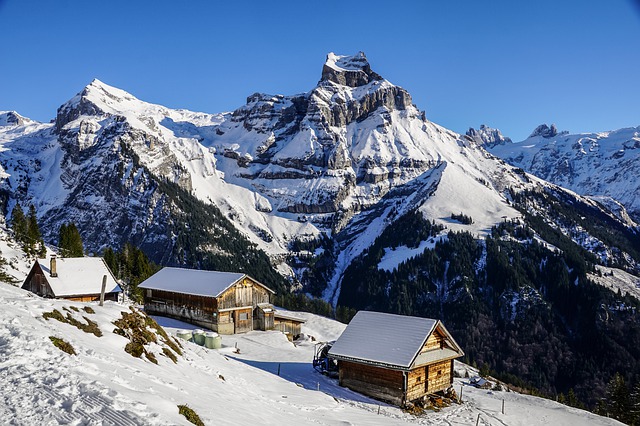
Type: The intermediate instructor.
Pre-requisites: Passed level 1 exam. Strong intermediate ability and demonstrations.
Level two ski or snowboard instructors can teach intermediate students, usually on groomed slopes. The majority of ski and snowboard instructors working multiple seasons hold a level two qualification. If you plan to spend a few winter seasons teaching skiing or snowboarding, this is the minimum instructor qualification which you should aim for.
Level 3 Instructor Qualifications
Type: The professional/career instructor.
Pre-requisites: Passed level 2 exam. Advanced/Expert ability and demonstrations.
Level three ski or snowboard instructors can usually teach all levels. They may be working within specialised programs such as race camps or private lesson departments. If you plan to work back to back winter seasons and maybe mix northern and southern winters to work all year round, a level three is a good option to aim for. A level three certification can also make working multiple seasons in different countries easier. Many ski schools will only arrange international work permits for staff with level three instructor qualifications.
Level 4 Instructor Qualifications
Type: The trainer or coach.
Pre-requisites: Passed level 3 exam. Expert ability and demonstrations. Able to coach other instructors at your own level.
Level four ski and snowboard instructors hold the highest instructor qualifications, (in a four tier system). At this level you can usually train and certify other instructors during their exams. Instructors with this level are usually working in specialist coaching programs, as part of the ski school training team or may be looking to work independently, where allowed in some areas.
7 Reasons You Should Be a Ski Instructor
Which Qualification Is the Best for Getting a Job as a Ski or Snowboard Instructor?

If you’re asking which qualification system is the best, it’s more about which is best for yourself. If your end goal is to become an instructor trainer in Canada for example, it would make sense to go through the CSIA (Canadian) system. You would then have the specific requirements to train others in the same system.
If you’re asking in terms of instructor qualification levels, then level two is a good baseline for most. You can start teaching at a level one and get some experience, which is great for a first season. But, if you want to progress then moving past the entry level qualification will make you much more hireable.
A level two (or higher) ski or snowboard instructor is more versatile for a ski school. You’re simply able to teach a wider range of abilities. Because of this, you’ll find gaining teaching work much easier the higher you progress up the qualification levels.
The Perfect Ski Instructor Resume
Which qualification to I need to work in which county?
Ski and snowboard instructor qualifications are internationally recognised. But is up to each country or alpine area to decide which level of qualification is the minimum requirement. In Canada or New Zealand you can work as a level one instructor. But, in France for example, you would need to be minimum level three instructor (plus some additional requirements).
As a general rule, being a level two or higher instructor will allow you to work in most countries around the world. Like many industries, the higher your snowsports certification, the more opportunities available to you.
It’s a good idea to look into accepted qualification or equivalencies if you have a specific country in mind. For many places, the qualification needed is up to the ski school so they will be able to hire any level. Although like any company, the higher your qualification, the more employment offers you’ll get. Some examples of places that allow any instructor qualification level to legally teach snowsports are; North America, UK, Austria, Switzerland, Japan, Australia, New Zealand and Chile.
Can I switch instructor qualification systems?
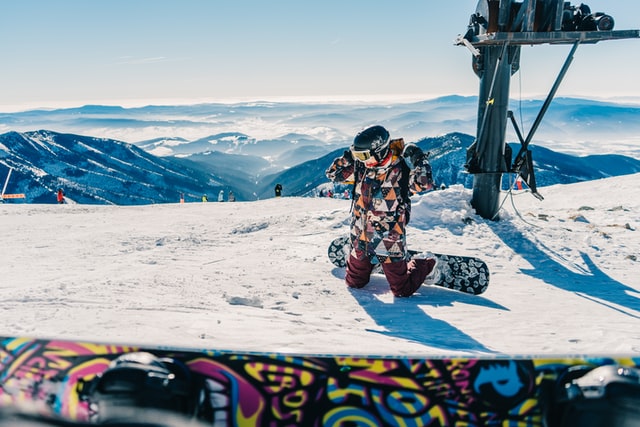
If, like many instructors, you move to a different country or your goals change, you might be wondering if you can change from one system to another. You certainly can but the details of how will depend on which system you are changing to.
While each system has similar equivalency to others, each have their own rules on how to go about it. There are two main options that different qualification systems choose. They could give you full equivalency. For example, if you’re a BASI level two and want to take the APSI level three exam, no problem. The other option is to recognise your qualification but require you to sit the equivalent level within their system. Example being a BASI level two instructor wanting to take a CSIA level three exam. You must fist sit the CSIA level two before you can move on in your new system.
Regardless of the specifics of switching to a new qualification system, you’ll need to familiarise yourself with the terminology and skiing or snowboarding standard required. This does vary slightly from system to system.
What happens during a snowsports instructor exam?
This guide should answer some of your questions when considering becoming a ski or snowboard instructor. Now you know more about the qualification process, it’s much easier to set your goals. Some of the mysteries of becoming a ski or snowboard instructor should also be lifted.
Have some questions? Get in touch with us, we’d love to help you.
